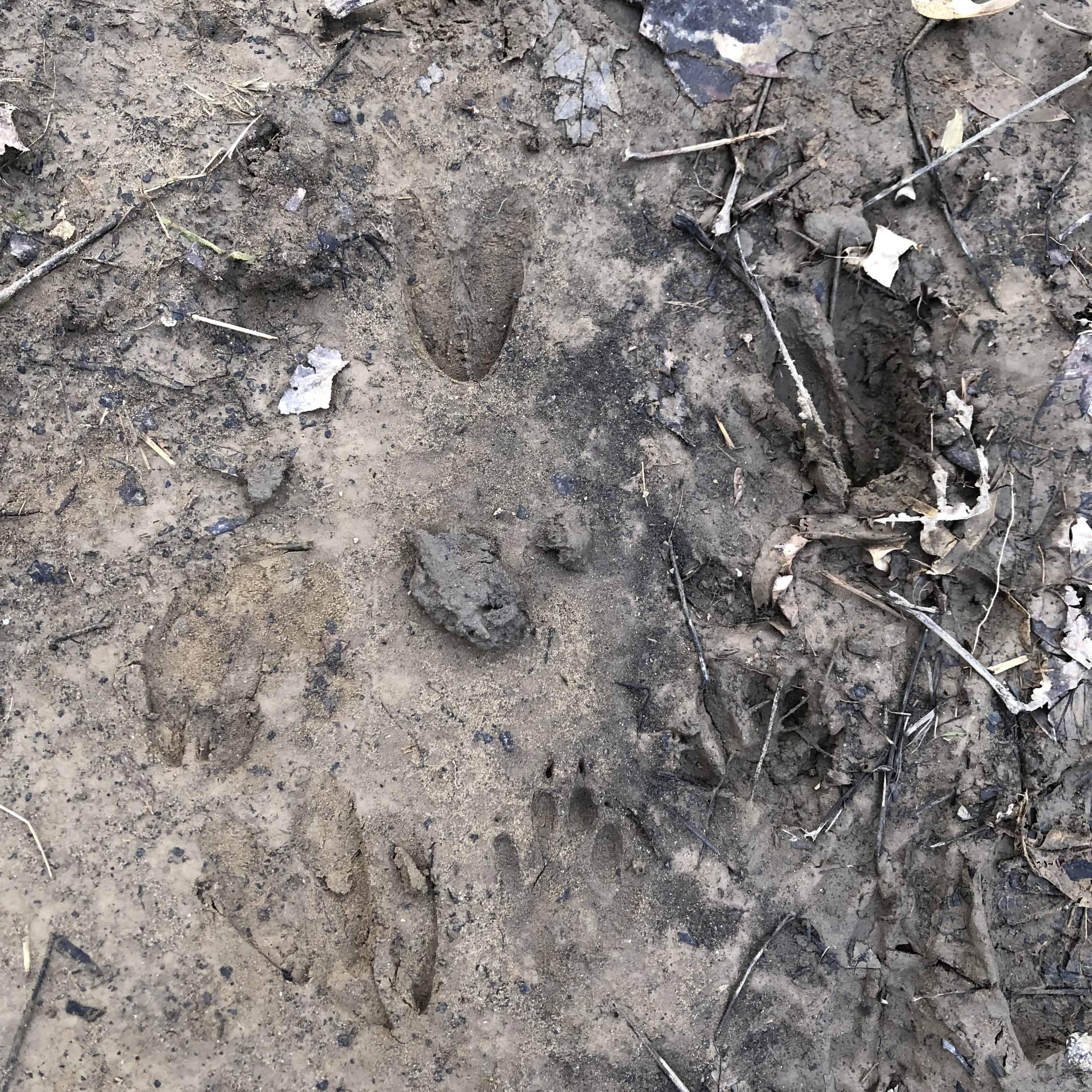One thing is certain, no matter where you are in the woods, you're never really alone. It may seem like there isn't any animal life around, but if you look closely, you can always find some tracks, scat, or remnants of nuts etc. that were eaten. With beavers, when they are active, it's pretty obvious. I've never seen any beaver tracks, but I have seen live adult and baby beavers several times. I've also seen what look like beaver trails into the water.
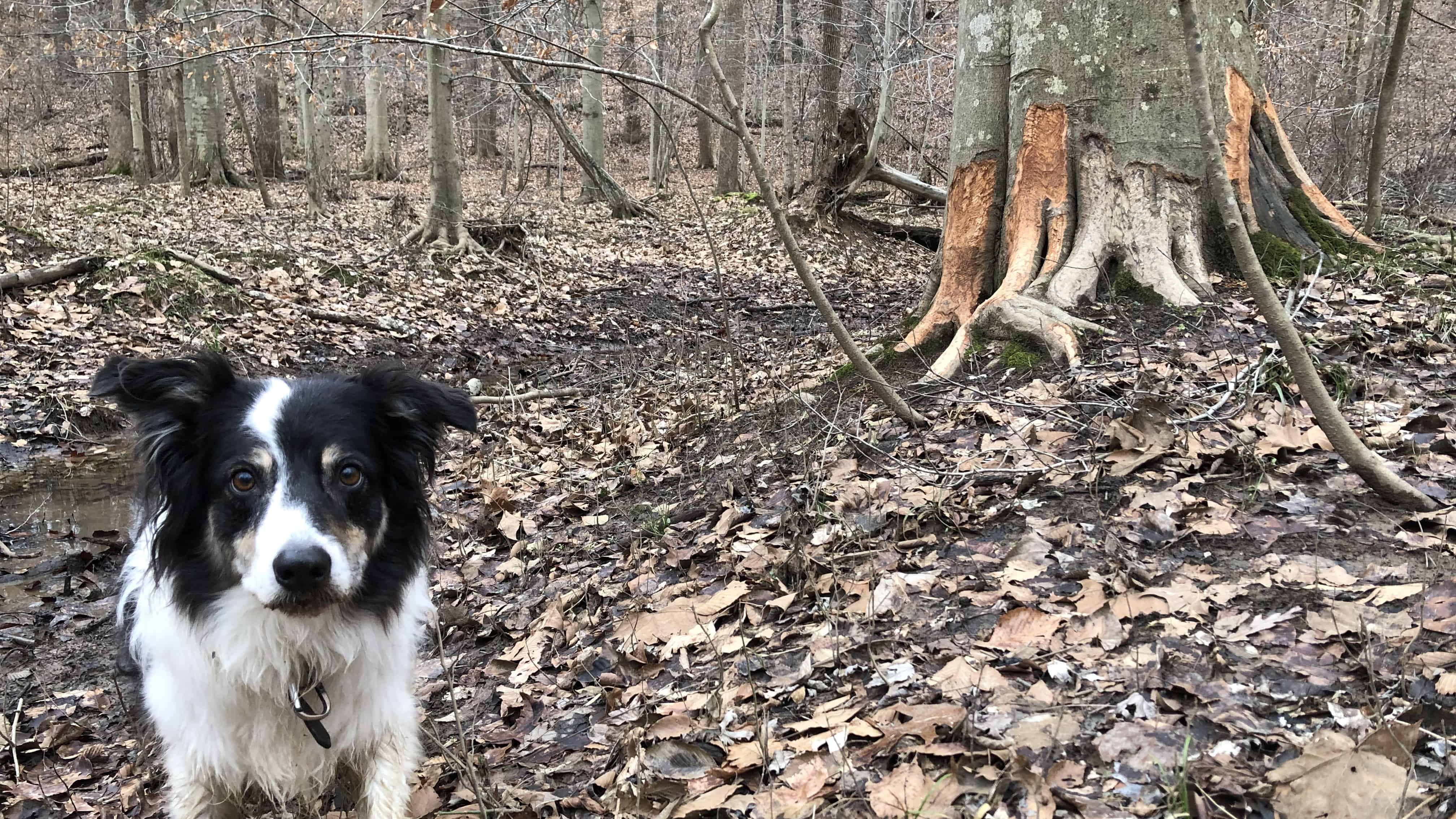
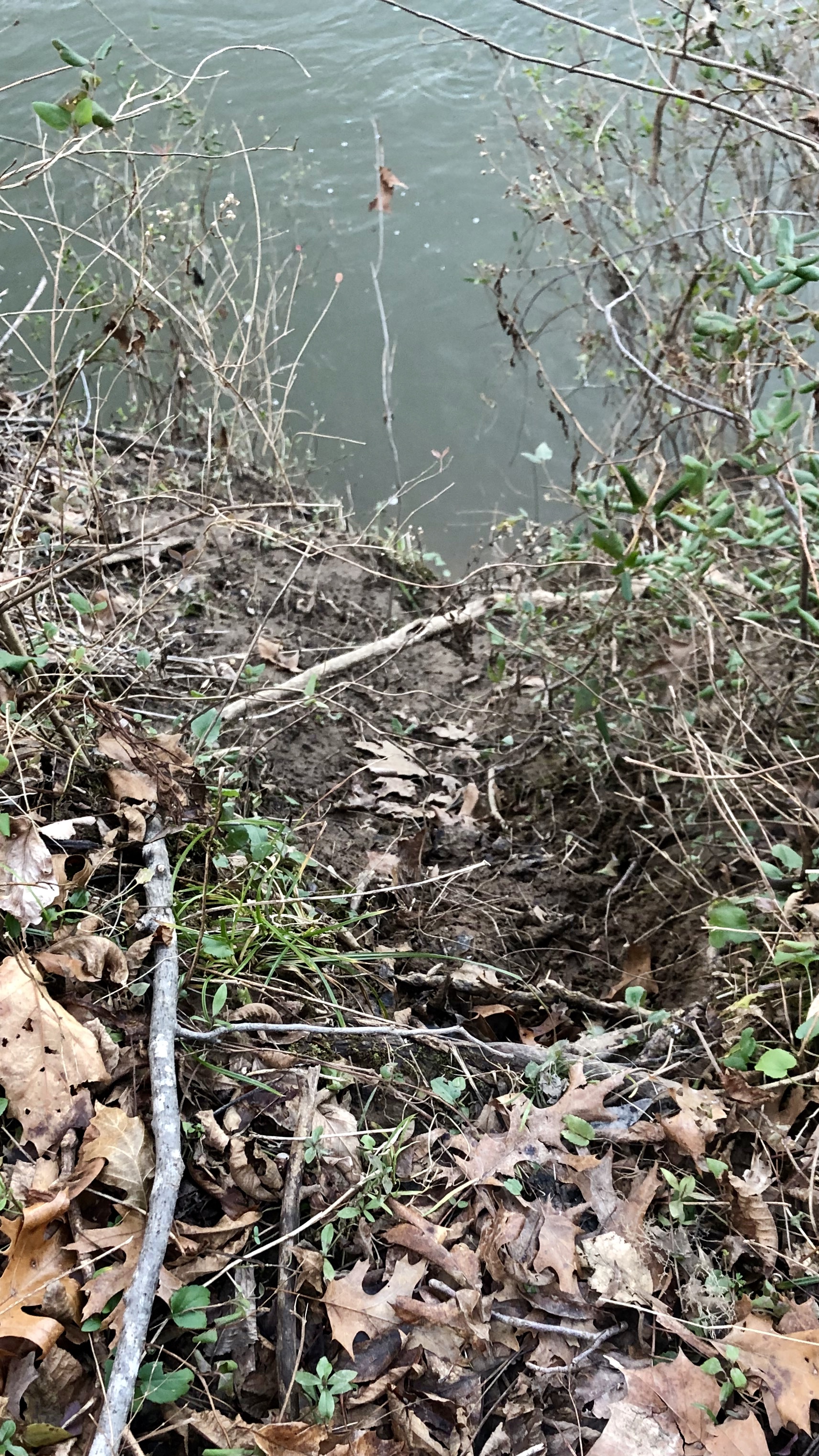
Beaver Trails
If you look closely, you can see the trail / slide down to the water. Beavers are designed to be swimmers. Although they can get around on land, they thrive in the water with their flat tails that they use as propellers and webbed hind feet.
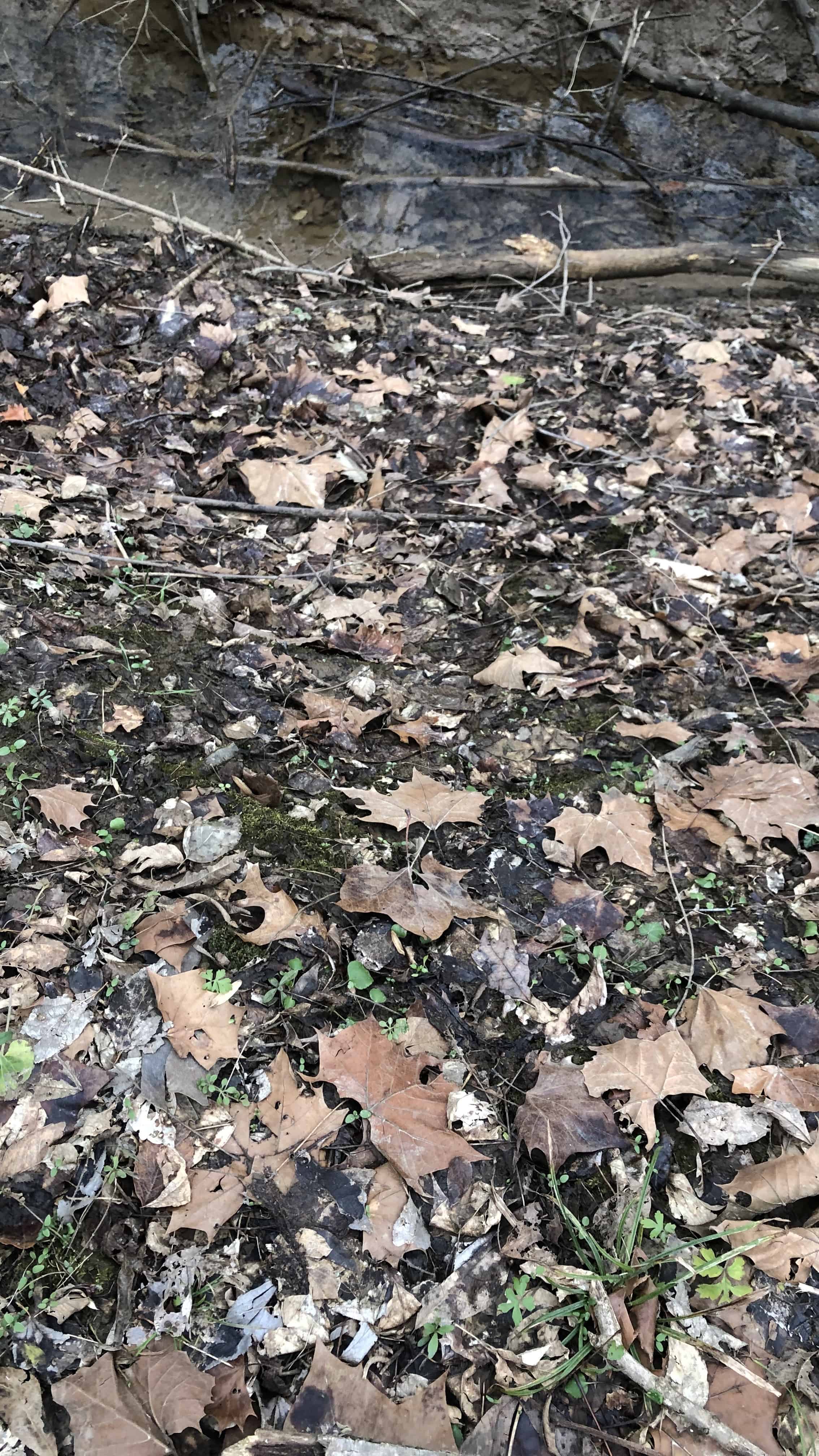
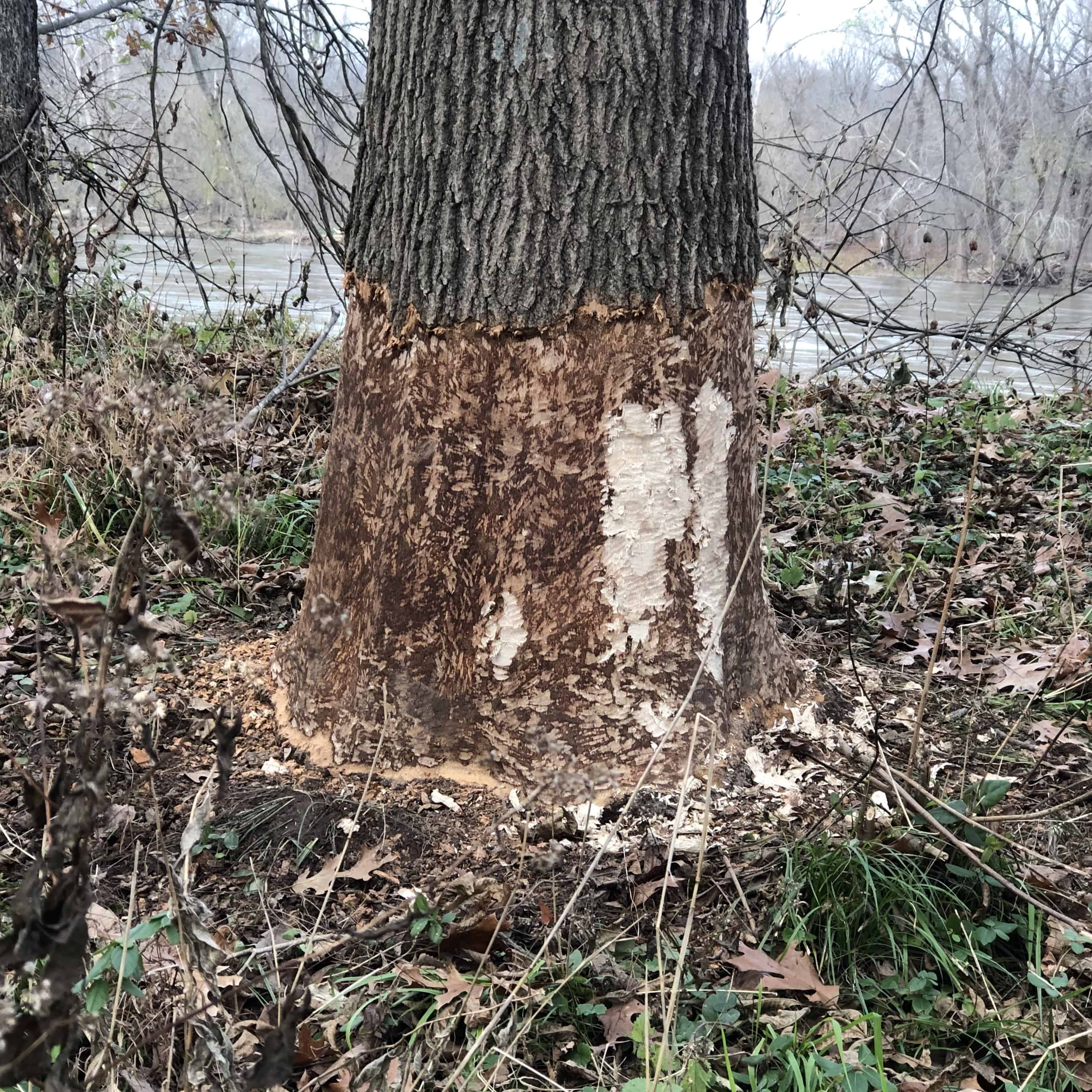
Beaver Characteristics
Beavers are mammals, and they are one of the largest rodents in North America. They can live up to 24 years in the wild. Mature beavers grow to around 60 pounds. Their tails can be up to 12 inches, and their bodies anywhere from 23-39 inches. A large mature beaver could be 50 inches long, which is quite a big rodent!
Beaver Teeth
Beavers have strong teeth and jaws that they use to fell large trees and also chew on trunks causing trunk damage. Beavers are herbivores. They also use their strong teeth to eat a variety of twigs, bark, leaves, roots, and aquatic plants. Beavers have teeth that continually grow, which is not unusual for rodents. What makes their teeth unique is that in addition to the magnesium which is in most rodents’ teeth, they also have iron in their teeth. This makes them extra strong, resistant to acid, and orange.
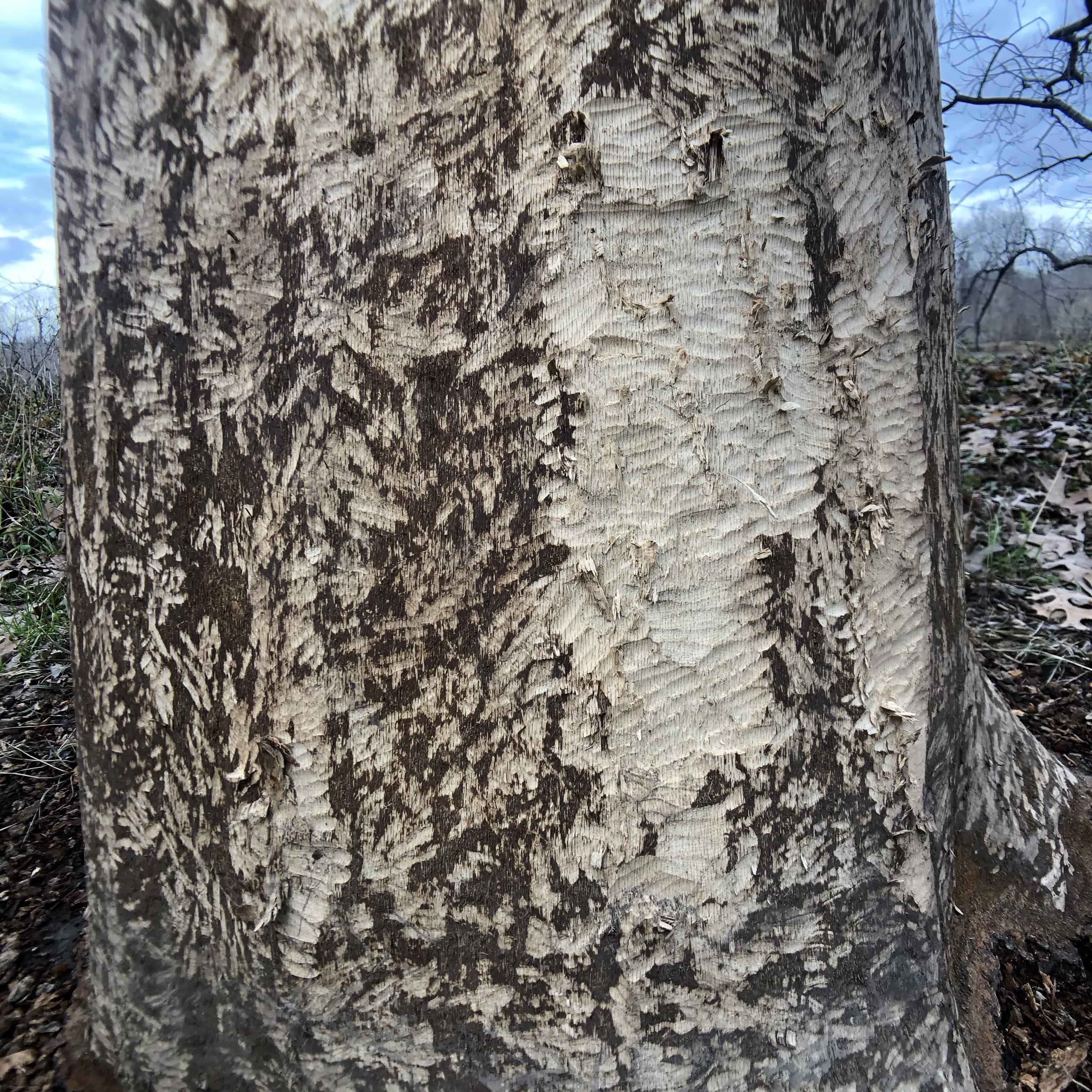
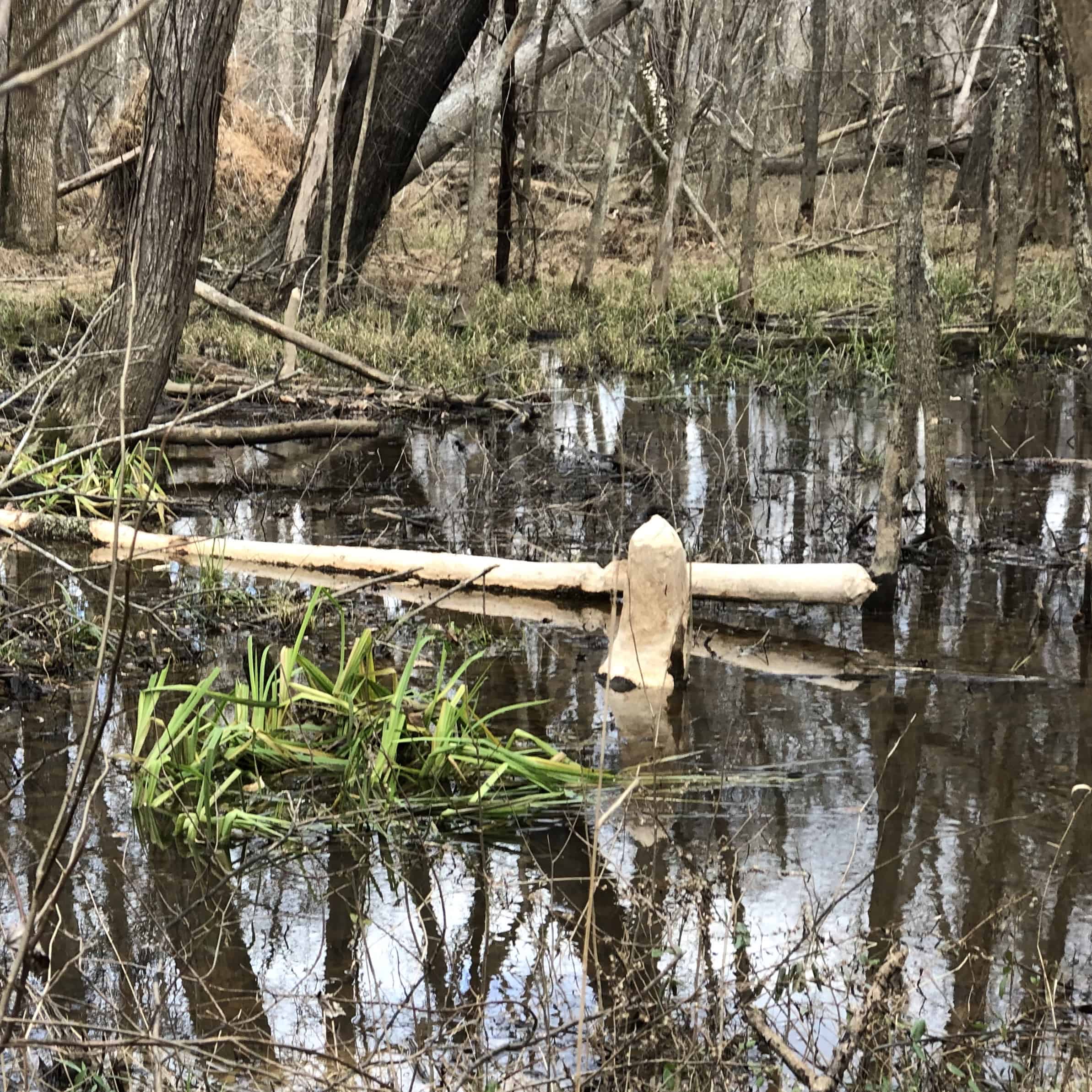
Beaver Lodges & Dams
They spend most of their lives in places where there is a source of water to use or manipulate to construct their lodges. Beavers build their lodges and dams out of logs, branches, and mud. They build their lodges, then in wetland areas, they build dams to block water flows. The dams create ponds where they live and thrive. They also build their lodges by burrowing into the sides of river banks.
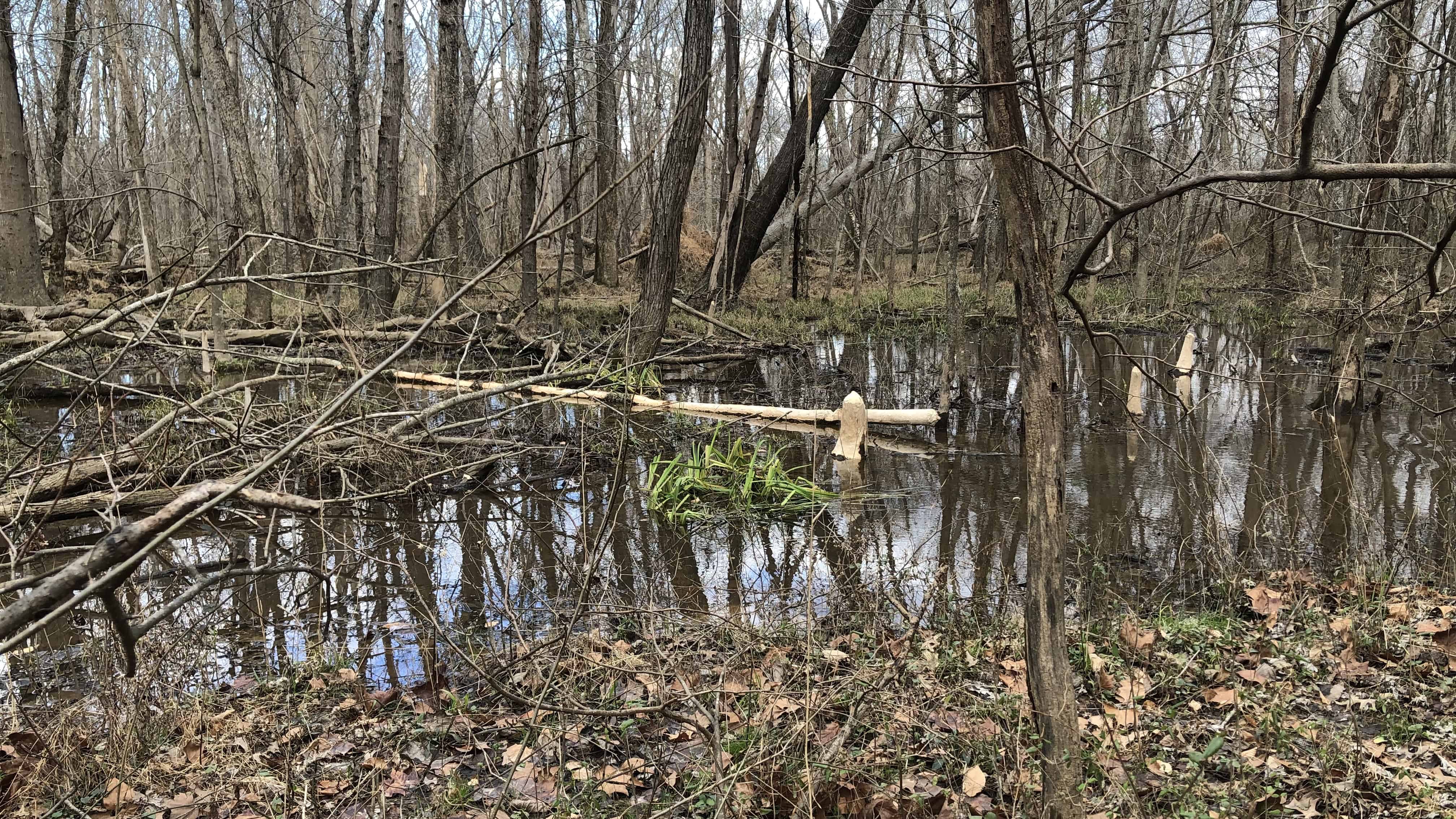
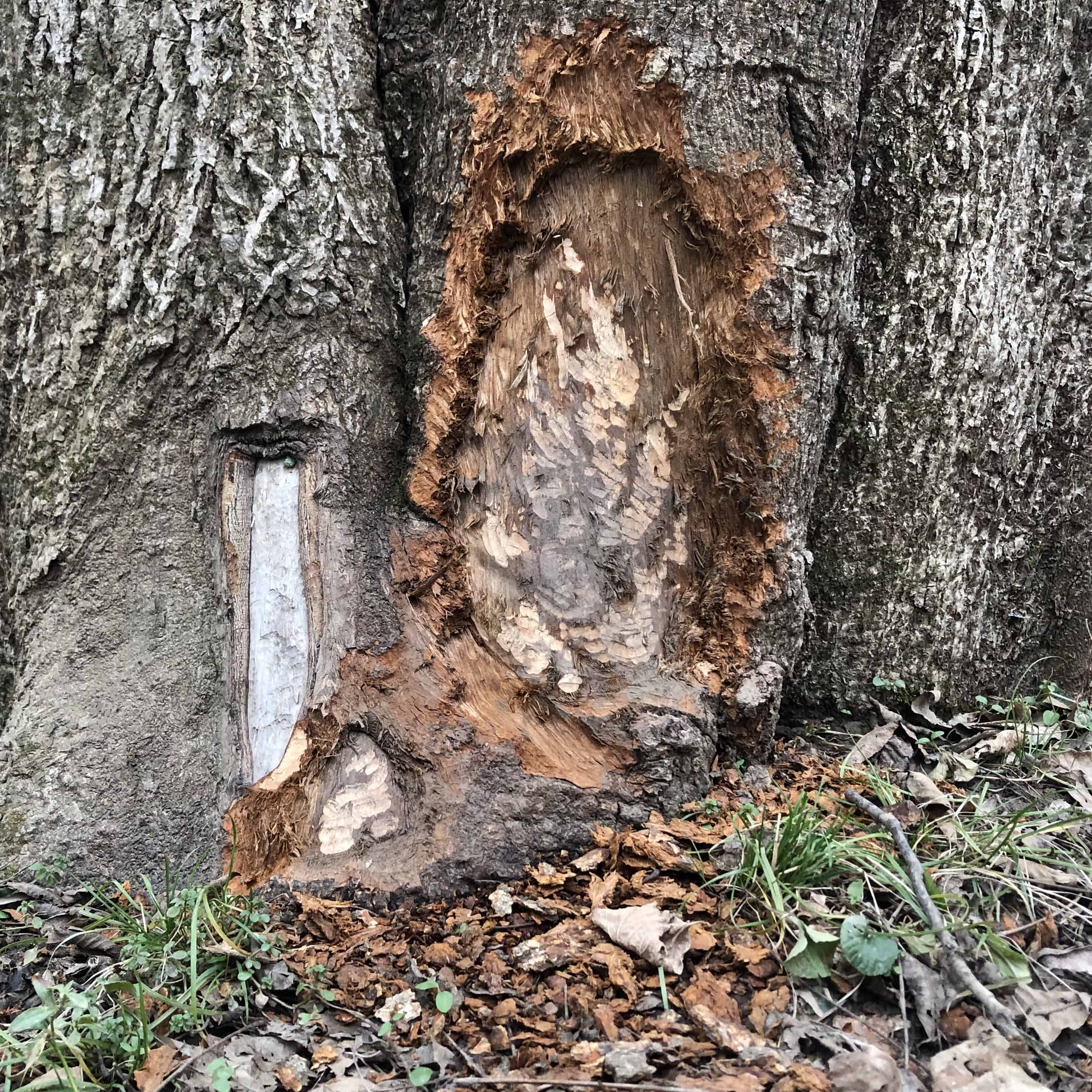
Busy as a Beaver
Beavers are hard workers who spend the majority of their time working and eating. They can cause a lot of tree damage as well as physically changing water flows.
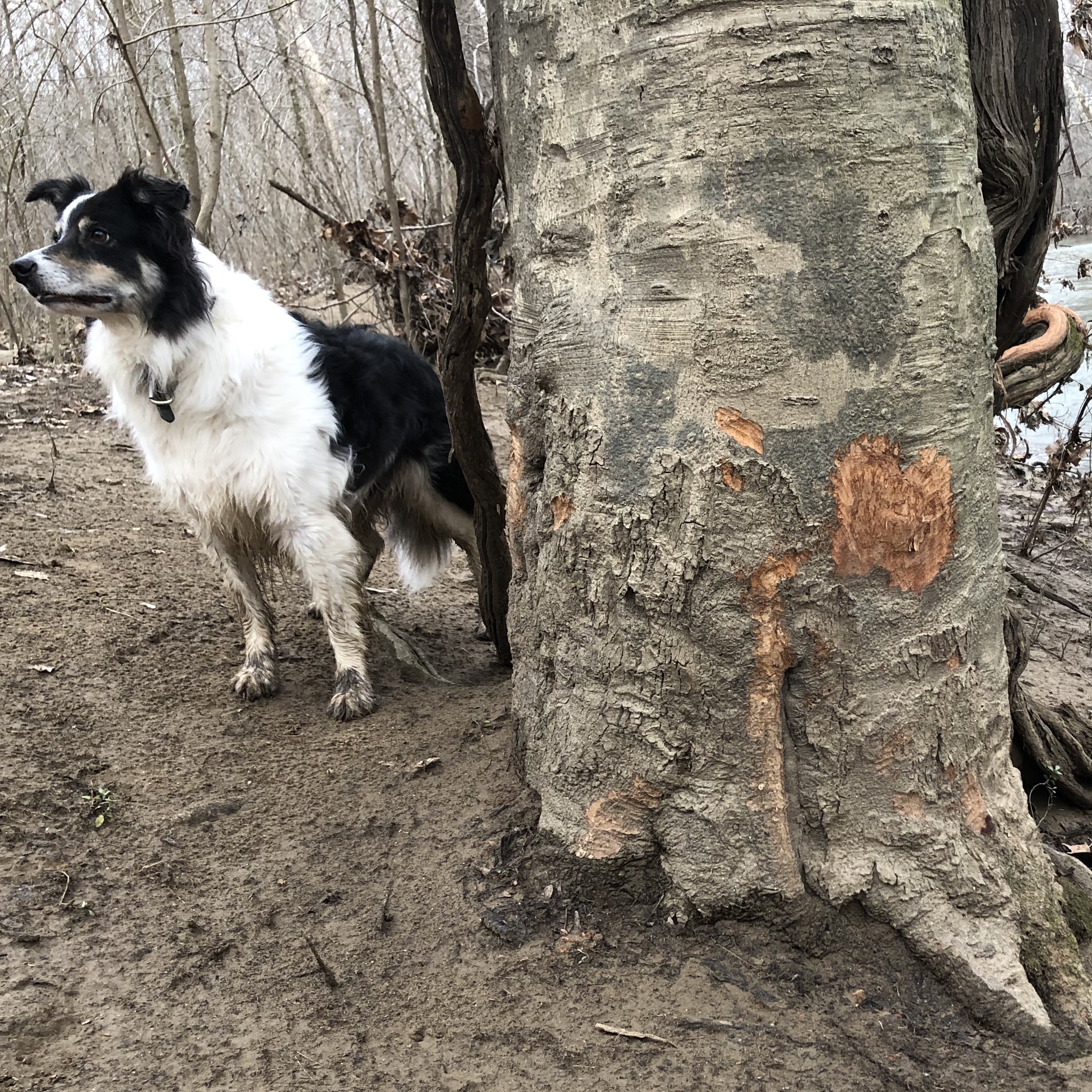
Beaver Population
As you can imagine, beavers have luxurious coats. It is estimated that before the Europeans settled in North America that the beaver populations could have been 60-400 million. By the early 1900’s they were nearly trapped to extinction. With reintroduction and because they are hardy, adaptable, and reproduce well, the populations are now stable despite their new enemy; loss of habitat.
Take Away: Beavers are great swimmers and one of the few animal architects.
References:
Baker, B. W., and E. P. Hill. 2003. Beaver (Castor canadensis). Pages 288-310 in G. A. Feldhamer,
B. C. Thompson, and J. A. Chapman, editors. Wild Mammals of North America: Biology, Management, and Conservation. Second Edition. The Johns Hopkins University Press, Baltimore, Maryland, USA.
McGill: Office for Science and Society
